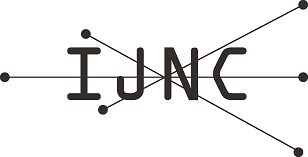NUMA Computing with Hardware and Software Co-Support on Configurable Emulated Shared Memory Architectures
Abstract
The emulated shared memory (ESM) architectures are good candidates for future general purpose parallel computers due to their ability to provide an easy-to-use explicitly parallel synchronous model of computation to programmers as well as avoid most performance bottlenecks present in current multicore architectures. In order to achieve full performance the applications must, however, have enough thread-level parallelism (TLP). To solve this problem, in our earlier work we have introduced a class of configurable emulated shared memory (CESM) machines that provides a special non-uniform memory access (NUMA) mode for situations where TLP is limited or for direct compatibility for legacy code sequential computing and NUMA mechanism. Unfortunately the earlier proposed CESM architecture does not integrate the different modes of the architecture well together e.g. by leaving the memories for different modes isolated and therefore the programming interface is non-integrated. In this paper we propose a number of hardware and software techniques to support NUMA computing in CESM architectures in a seamless way. The hardware techniques include three different NUMA shared memory access mechanisms and the software ones provide a mechanism to integrate and optimize NUMA computation into the standard parallel random access machine (PRAM) operation of the CESM. The hardware techniques are evaluated on our REPLICA CESM architecture and compared to an ideal CESM machine making use of the proposed software techniques.
Keywords
Full Text:
PDFRefbacks
- There are currently no refbacks.
